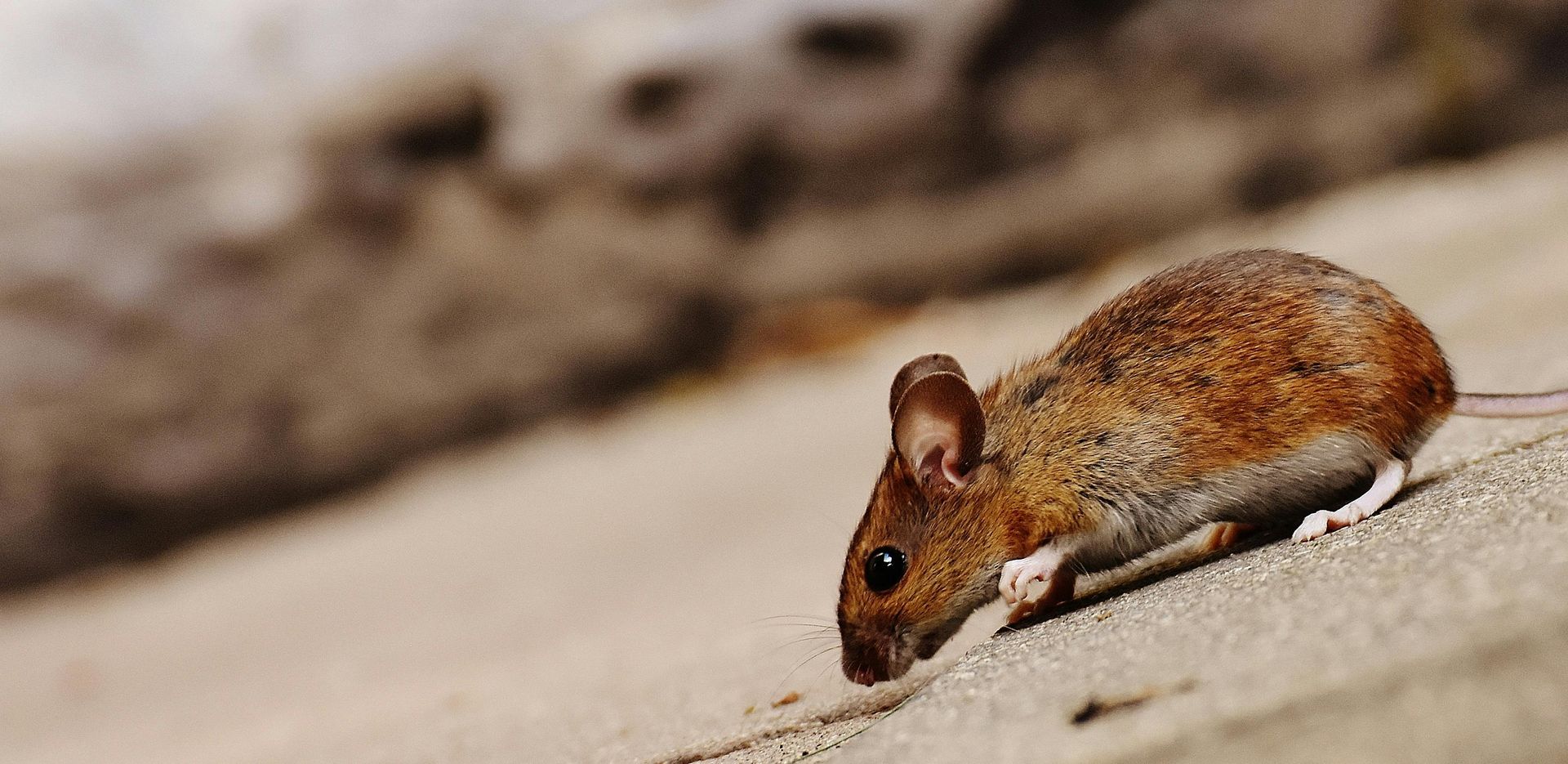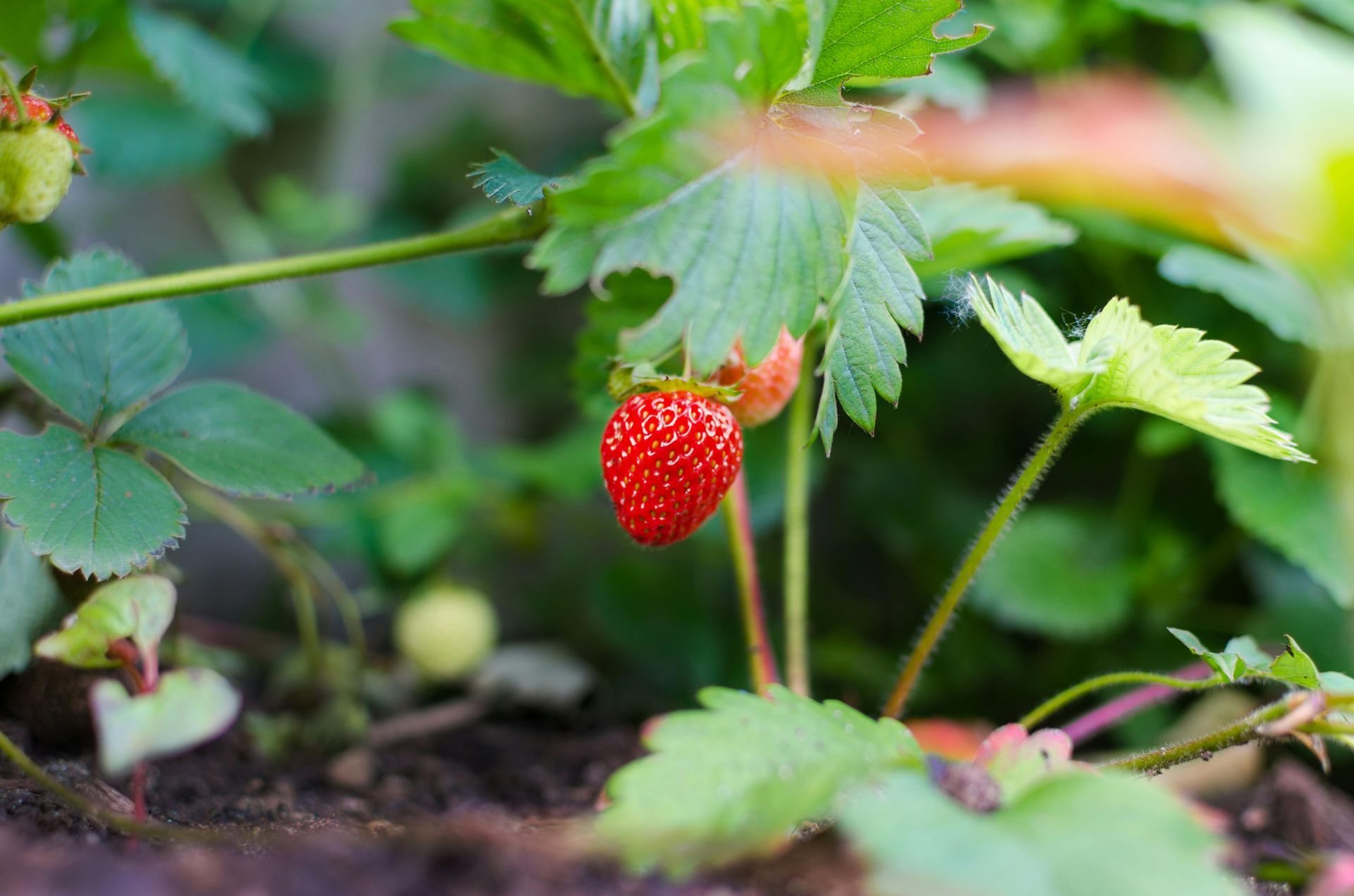Securing Nevada Homes from Rodent Infestations: A Guide
Rodents pose a significant challenge to homeowners in Nevada, thriving in the region's diverse landscapes, from arid deserts to bustling urban settings. Their ability to adapt and survive in various environments makes them formidable pests. This guide focuses on the identification, prevention, and eco-friendly removal methods necessary for securing homes against rodents. Understanding these pests' behaviors and habitats is crucial for effective control and ensuring that homes remain safe and healthy living environments.
Understanding Rodent Behavior and Identification
The first step in combating rodent infestations is identifying the type of rodent and understanding its behavior. In Nevada, common culprits include mice, rats, and occasionally squirrels. Each species exhibits distinct habits that can affect the strategy for their removal and prevention.
Common Rodents in Nevada Homes
House Mice: Small and nimble, house mice prefer to nest in dark, secluded areas within buildings. They are prolific breeders, capable of producing a large number of offspring in a short time.
Roof Rats: Known for their climbing abilities, roof rats typically inhabit attics, rafters, and roofs. They are larger than mice and require water daily, which often drives them into homes.
Norway Rats: These rats are larger and more aggressive than roof rats and prefer to burrow underground near garbage and under concrete.
Squirrels: While not as common, squirrels can invade homes, primarily nesting in attics. They differ from rats and mice in that they are active during the day.
Preventing Rodent Infestations
Prevention is key to keeping rodents out of Nevada homes. Homeowners can implement several strategies to make their property less appealing and accessible to rodents.
Sealing Entry Points
Rodents can enter homes through incredibly small openings. Sealing all cracks, holes, and gaps larger than a dime is essential for prevention. Use materials that rodents cannot easily chew through, such as steel wool, caulk, or aluminum sheeting.
Proper Food Storage and Waste Management
Rodents are primarily attracted to homes for food and shelter. Ensuring that food is stored in airtight containers and managing waste effectively can significantly reduce the likelihood of attracting rodents. Regularly emptying trash bins and using bins with tight-fitting lids can also deter rodents from nesting.
Removing Outdoor Attractions
Outdoor attractions such as bird feeders, pet food bowls, and accessible garbage can attract rodents closer to the home, eventually leading them inside. Keeping the yard clean and free of debris, including stacked wood or clutter, can minimize nesting sites and food sources.
Eco-Friendly Rodent Removal
Once rodents have entered a home, removing them in an eco-friendly manner is crucial to many homeowners concerned about safety and environmental impact.
Humane Traps
Humane traps capture rodents without killing them, allowing for relocation. It is important to check these traps frequently to ensure that captured rodents are not left in distress.
Ultrasonic Devices
Ultrasonic rodent repellents emit sounds that are unpleasant to rodents but inaudible to humans and most pets. These devices can be effective in deterring rodents from entering areas of the home.
Natural Repellents
Some homeowners prefer natural repellents, such as peppermint oil, cayenne pepper, or cloves. These can be used to create barriers at potential entry points. While not always as effective as other methods, they are a non-toxic option.
Professional Assistance
For severe infestations, professional pest control services may be necessary. Professionals can provide more comprehensive solutions, including identifying and sealing entry points, setting strategic traps, and regular monitoring. They can also offer more robust solutions for recurring problems.
Regular Home Inspections
Conducting regular inspections of the home can help identify potential rodent infestations early before they become severe. Checking for signs of rodents, such as droppings, gnaw marks, or unusual smells, should be part of regular home maintenance. These inspections can also identify potential vulnerabilities in the home's defenses against pests.
Rodents are a common problem for Nevada homeowners, but with the right knowledge and tools, it is possible to keep them at bay. By understanding rodent behavior, implementing strong preventative measures, and choosing eco-friendly removal options, homeowners can protect their homes from these invasive pests. Regular monitoring and maintenance play a crucial role in ensuring that homes remain safe and secure from rodent infestations.
Struggling with rodent issues in your Nevada home? Don't let these pests compromise your comfort and health. We offer eco-friendly and effective solutions to prevent and eliminate rodent infestations, safeguarding your property and the environment. Contact us to get started




